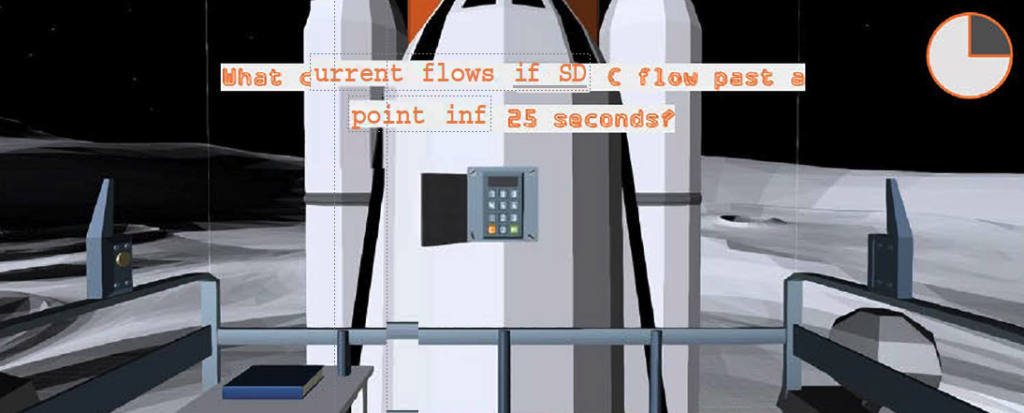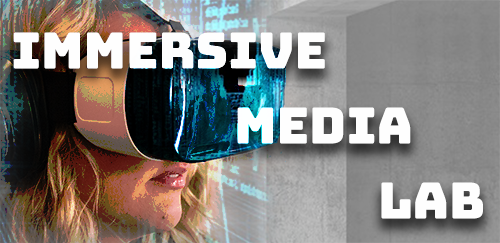Making learning physics and equations in the classroom fun is difficult. So, what can teachers do to engage their learners? Play Houston’s Problem, of course!
Put on the VR headset and are instantly transported in time; It is 20th July 1969. Buzz Aldrin, ready to return to Earth after making the first steps on the Moon. However, minutes before take-off you hear:
Houston we have a problem
There is an electrical fault and it is up to you to fix it. Can you solve the circuit equations before time runs out? Will Apollo 11 launch or will you be stuck in space?

Houston’s Problem is an educational puzzle game that aims to put GCSE science students’ knowledge of electronic circuits to the test in an immersive, interactive virtual reality (VR) game, helping learners revise equations in a fun mini-tutorial and exhilarating timed game! Fly through an electrical circuit learning about electricity and the equations needed to solve Houston’s Problem and launch the rocket. Put your new knowledge to the test by solving six equations within the time limit. Compete with your friends in a multiplayer race, or on your own to practice. Perhaps you will even reach the top of the leaderboard, bragging rights included.

Different modes entail different equations such as current, voltage and power, all possible with multiple levels of varying difficulty; everyone can enjoy Houston’s Problem! When the student feels confident enough in their abilities, try “Aldrin’s Mode”, incorporating all three equations!

